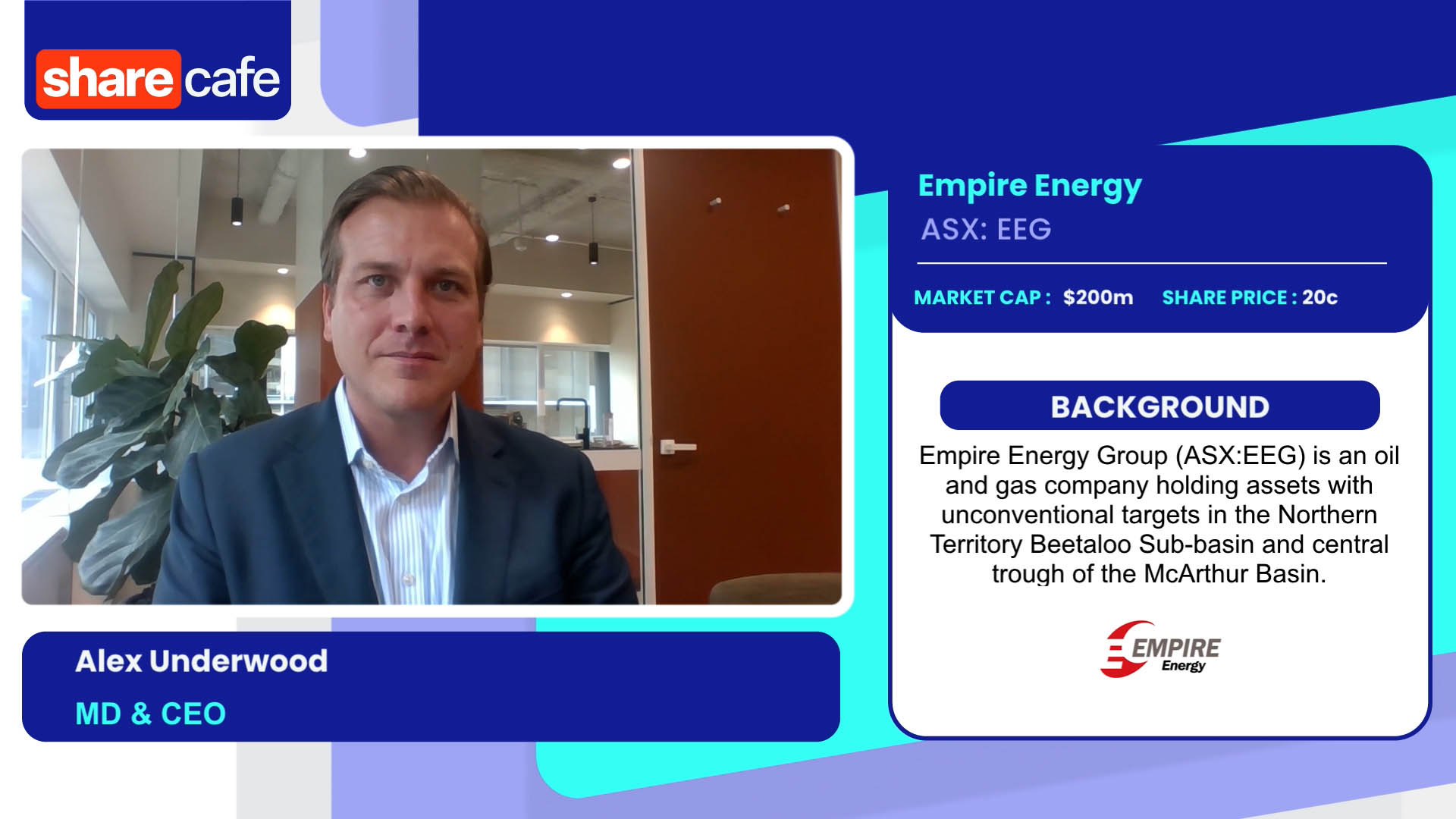Two days after the June quarter current account figures confirmed the rebound in our trade performance, we’ve got a timely reminder of how ephemeral things can be in global trade.
The Australian Bureau of Statistics revealed in the July trade figures yesterday that we suffered a sharp fall in export volumes and prices of iron ore and hard coking coal in July.

They show there was a $1.5 billion fall in our trade surplus from the record $3.4 billion in June, to just over $1.8 billion in July (which is still very high).
Iron ore and hard coking coal are our two most important exports.
And the falls came in shipments to two of our most important customers, India and China.
Some commentators claimed that shipments to China fell because the steel industry there was closing much of its capacity for maintenance (which if true could explain the expansion in the manufacturing survey for August this week).
No explanation was given for the sharper fall in shipments to India, which has been one of the fastest growing markets for coal in the past year or so.
The news is a warning of the increased volatility flowing from the new method of quarterly prices and contract arrangements for our iron ore and coking coal exports.
It’s not only big rises that can be transmitted very quickly to the corporate bottom line, and the national accounts, falls can show up just as speedily, as they have in the July trade figures.
Goods and services exports dropped 4%, or $1.19 billion, to $25.4 billion, while imports rose 2%, or $359 million, to $23.5 billion.
Imports were however boosted by the federal government importing six Super Hornet jet fighters at a cost of $447 million, which would have left imports lower in July than in June and boosted the trade surplus to over $2.2 billion.
The ABS said a sharp 16% slump in exports of hard coking coal, along with a fall in the value of iron ore, were the major reasons for the fall in our trade income.
The ABS said that sharp falls in exports of hard coking coal, the highest quality coal used in steel making, to two of our major export destinations, India and China, were major factors in the fall in coal exports.
Significantly the ABS figures show it was both falls in volumes and prices in July, the start of the September quarter contract period that drove the drop.
The ABS said that the main reasons for the 4% fall in exports in the month was "coal, coke and briquettes down $704m (16%) on both volumes and prices, metal ores and minerals down $499m (7%) on both volumes and prices".
The ABS singled out two major falls for the sharp drop in the value of coking coal exports:
"Between June and July 2010 exports of hard coking coal decreased $743m (33%) on a recorded trade basis (without the balance of payments price adjustment). Exports to India decreased $329m (47%) and to China decreased $135m (77%)."
The ABS said volumes of iron ore fines (the majority of exports to China) fell 7%, while lump ore, which is preferred by steel mills in Japan and South Korea rose 2%.
Volumes of hard coking coal exports fell 27% in the month, which if continued for a few more months, would put a big hole in the trade figures.
Soft coking coal export volumes fell 1%, but exports of thermal coal for power and cement use, rose 3% in volume terms.
The movements in prices were not disclosed in the ABS data.
Figures released on Tuesday in the June quarter current account showed the current account balance improved nearly $11 billion to a deficit of $5.6 billion in the second quarter, the smallest since December 2002.
And Wednesday’s national accounts figures showed the improving trade position added 0.4 percentage points to the growth of the economy in the June quarter, or about one third of the total rise of 1.2% in GDP in the quarter.
And the Reserve Bank said this week that preliminary estimates for August indicate that its Commodity Price Index rose in terms of both the Australian dollar and SDR (Special Drawing Rights).
In SDR terms, the central bank said the index increased by 2.7% (on a monthly average basis), after rising 2.4% in July (revised).
In Australian dollar terms, the index rose by 0.8% in August, following an increase of 2.1% in July (revised).
"The largest contributors to the rise in August were increases in the estimated prices of iron ore and coal.
"Also, the prices of wheat and barley rose sharply.
"Over the past year, the index has risen 53 per cent in SDR terms.
"Much of this rise has been due to increases in iron ore, coking coal and thermal coal export prices, although all components of the index increased over this period.
"With the appreciation of the exchange rate over the year, the index rose by 38 per cent in Australian dollar terms," The RBA said.
As indicated in previous releases, preliminary estimates for iron ore, coking coal and thermal coal export prices are being used for recent months, based on market information.
As indicated yesterday the ABS has found that the July figures were much weaker than it seemed.
In fact as BHP was reporting its strong 2010 profit a couple of weeks ago, it would have known what had happened to July coal and iron ore shipments













